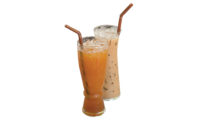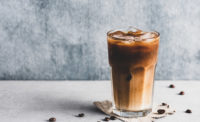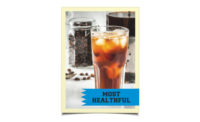
Although perhaps not the impressive gold-medal victory achieved by the U.S. Men’s Olympic hockey team over the Russian’s in 1980 in Lake Placid, N.Y., most areas of the non-dairy market are scoring plenty of goals, with the exception of the juice market, which is biding its next chance to skate through a slump.
Caleb Bryant, associate director of food and drink at Mintel, Chicago, noted in Beverage Industry that total retail coffee sales hit an estimated $18.9 billion in 2022, a 33% increase from 2017.
Current economic conditions largely benefit the retail coffee market as consumers increasingly cut back on their foodservice coffee expenditures,” Bryant explained. “Retail coffee is positioned for continued growth, especially as more consumers source specialty coffee drinks from home, but economic forces will dictate the market’s trajectory; consumers will reduce their home coffee expenditures if the economy worsens or enters a prolonged period of uncertainty.”
Bryant added that among the array of coffee segments, such as whole bean, ready-to-drink (RTD) and instant coffee, he suspected that single-cup and RTD are the fastest-growing segments.
Gary Hemphill, managing director of research at Beverage Marketing Corporation (BMC), New York, explained that consumers “have been trading up to products that offer benefits and attributes they want,” and that, in the RTD coffee segment, cold brew and nitro coffees are the most successful examples of this.
“Cold brew in particular has been a big boost to the coffee category,” Hemphill said. “People like its bold and smooth taste profile. Most cold brew is sold at premium pricing, which has given dollar sales an added boost.”
Chicago-based Circana’s Sally Lyons Wyatt echoed similar sentiments, noting that, where cold brew and nitro sub-segments have provided variety with more options for consumers, “they have also taken away purchases from traditional segments.”
According to data from Circana, dollar sales of the RTD tea/coffee category hit $8.3 billion, a jump of 6.1% from last year for the 52 weeks ending May 21. However, unit sales decreased by 5.2% for the same time period.
Going forward, Circana’s Wyatt expressed that she suspects that RTD coffee will sustain its popularity within the coffee category.
“Given the current and looming economic conditions, our [point-of-view] is that pods and refrigerated RTD will continue to boost sales,” Wyatt explained. “Look for new options in the RTD aisle. Cross-pollination from other aisles might continue as well.
Tea time
As consumers have become more health conscious, a shift toward healthier alternatives has sparked a growing interest in the various combinations of teas, leaves and flavors, helping to spur growth within the tea and RTD tea categories.
Alexia Moreno, industry research analyst at IBISWorld, New York, explained that a growing number of individuals prefer their daily caffeine intake to be from tea rather than coffee, a trend that is reaching younger consumers who have traditionally favored coffee.
Because different tea leaves have different benefits, Moreno noted that consumers easily can find what works best for them. She also pointed out that tea consumption is supported because of its short- and long-term health benefits and caffeine content, and the countless ways consumers associate tea into their routine.
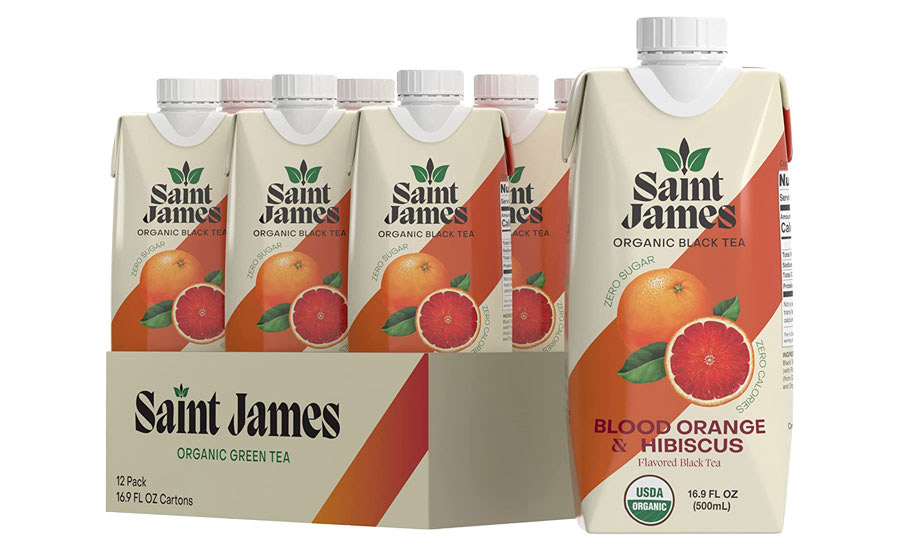
“There have been multiple studies exploring the health benefits of teas, which range from acting as a diuretic to supporting cardiovascular health,” Moreno said in Beverage Industry’s June issue. “Consumers looking to target specific health issues are inclined to explore the effects different leaves and herbs have on their bodies. Beverage manufacturers can benefit from this trend by developing new tea beverages that appeal to health-conscious consumers and to those looking for flavorful alternatives to other soft drinks.”
Adriana Chychula, food, drink and nutrition analyst at Mintel, also noted that many consumers are turning to tea because of its health benefits.
“Tea has always been a powerful functional space, with many cultures throughout history and through today using teas as remedies for their medicinal properties,” she explained. “This contributes to a health halo that other beverages can leverage within their products — for example, using caffeine sourced from green tea and other tea extracts and elevating a product’s ‘clean’ image.”
According to data from Circana, the canned and bottled tea market increased by 6.8% in the 52 weeks ending May 21. The overall market reached sales of $4.5 billion, with the Top 5 brands being Pure Leaf, AriZona, Lipton, Gold Peak and Brisk, respectively.
Of the Top 5 brands, Gold Peak saw the greatest increase with dollar sales of $558 million, up 17.5%, for the 52 weeks ending May 21. Pure Leaf’s sales reached $985 million, up 4.7% for the same time period, Circana data shows.
BMC’s Hemphill noted that although the tea category has “experienced soft performance” in recent years, it is “well positioned in today’s beverage landscape” thanks to its health and wellness positioning.
“RTD tea and tea bags have dominated the tea category,” Hemphill said. “Over the years, RTD teas have gained share over other formats thanks to their convenience. In more recent years, ready-to-drink has also seen soft performance. Tea pods for single-cup brewers have never taken off like they have in the coffee category.”
As for refrigerated tea, the segment saw a sales jump of 11.2%, with sales reaching $1.5 billion for the 52 weeks ending May 21. The Top 5 brands within the category were Milos, private label, Gold Peak, Turkey Hill and Red Diamond. Within the Top 5, Milos had the highest jump in sales at nearly 32% and $489 million in sales, Circana data shows.
A hat-trick for sports nutrition
With function and sugar reduction driving much of consumers’ beverage choices today, the sports and protein drink markets are seeking an influx of innovation to meet the demands for healthy yet functional options.
Arielle Rose, IBISWorld’s senior industry research analyst, explained that sports and protein drinks have outperformed nonfunctional beverages in the past year.
That is exemplified by the category’s sales performance. According to data from Circana, the overall sports drinks category saw sales increase 12.4%, totaling $11.2 billion in total U.S. multi-outlets and convenience stores for the 52 weeks ending May 21. Although dollar sales were up, Circana data show that unit sales were down 5.5% during that same time period.
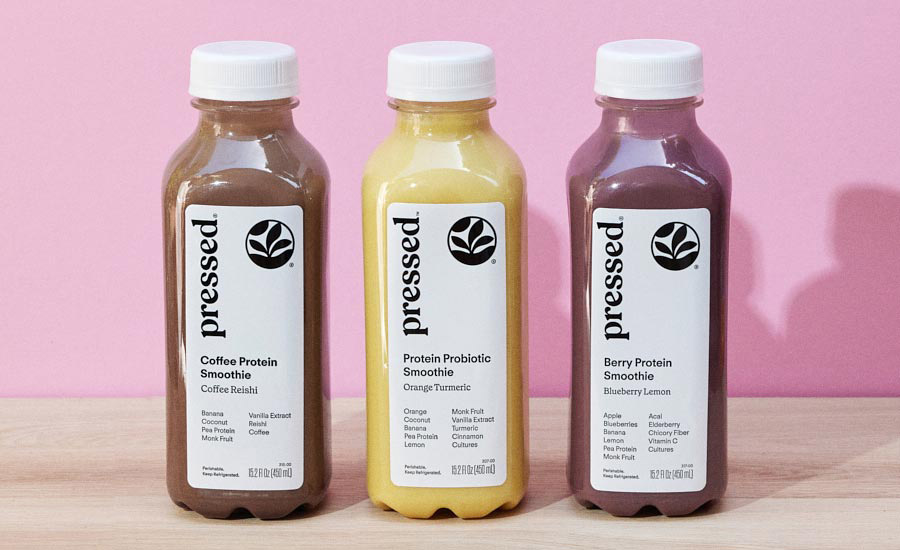
The majority of that double-digit climb was from the shelf-stable non-aseptic sports drink segment, which saw sales increase 10.7%, totaling $10.6 billion. The disparity between dollar sales and unit sales were exemplified with the segment down 6.2% in units.
Yet, experts highlight the popularity of functional beverages and the spot that sports drinks are fulfilling for consumers.
“The popularity of functional beverages has exploded in recent years, encouraged by the expansion of functional food and beverages and target marketing,” Rose noted. “Although many sports drinks had large amounts of calories and sugar, producers have introduced a plethora of new and healthier flavors over the year.”
Adriana Chychula, Mintel’s food, drink and nutrition analyst, added that the sports and performance drink market had witnessed growth over the past year.
“Sports and performance drinks as a whole experienced an 18% increase compared to the year before,” she explained. “Inflation is a part of that number, but it hasn’t deterred purchase as much as we’d expect. In fact, 32% of consumers said they bought more than the year before — more than decreased. This is true, even across the spectrum of financial comfort.”
Circana’s Wyatt noted that both segments “saw strong dollar growth” during the past 12 months. In Circana’s energy drink subcategory, which includes protein drinks, the market saw an increased unit growth of 5% in the last year. However, sports drinks declined 6%.
Wyatt noted that the sales performance indicates that price increase contributed to the dollar sales growth of sports drinks. This suggests that the costs, as well as the functional benefits, of these beverages is keeping consumers coming back for more, she said.
Going forward, BMC projects that the sports drink market will grow even faster than it had during the 2016-2021 five-year period.
“The 2021–2026 compound annual growth rate (CAGR) for wholesale dollars is expected to be a solid 7.4%, versus a 3.2% volumetric CAGR,” the report states.
For the protein drink category, BMC prognosticates a 10.5% wholesale dollar CAGR for the 2021-2026 five-year period. It attributes the double-digit growth to the vanguard consumer trends, but cautions its long-term growth status.
“The popularity of keto/paleo diets is not likely to abate in the next several years, which should bode well for protein drinks,” the report states. “Another positive trend is the move toward plant-based foods, not least in the protein space. (What initially seemed a bit faddish could well prove to be a sustainable phenomenon.) On the negative side, although protein itself has been a hot macronutrient of late, there is no guarantee this will continue indefinitely.”
Sugar is not so sweet
Although the juice and juice drinks category present a health halo in that such products come from nature, experts note that, as consumers become increasingly concerned about high sugar content, this has impacted the overall category.
BMC’s Hemphill explained that “sugar content is the juice category’s greatest challenge,” noting that sugar content is high in most of these products.
“This has negatively impacted consumption in recent years,” Hemphill said.
Mintel’s Bryant adds that 58% of consumers felt that the high sugar content of juice and juice drinks outweighs the benefits of the beverage.
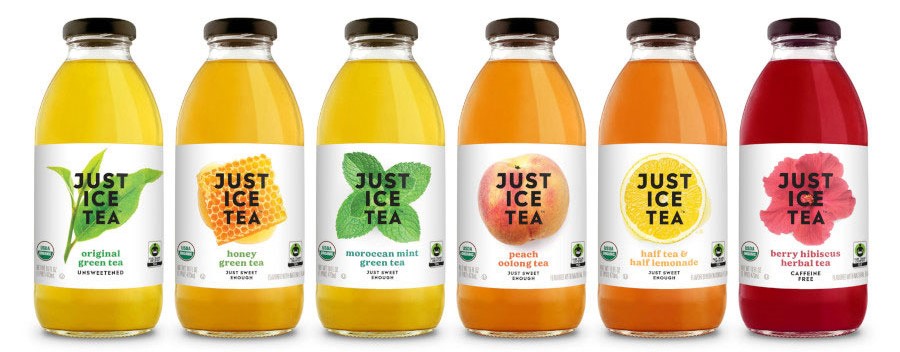
Despite these challenges, consumers still continue to direct their dollars to various juice segments.
In the area of refrigerated orange juice, the Top 5 brands were Tropicana, Simply, private label, Florida’s Natural and Minute Maid. The category saw sales of $3.3 billion in the 52 weeks ending May 21, but overall sales were down 1.1% compared with the same time period last year, Circana data shows. Private label was the only one in the Top 5 that wasn’t down in sales, with sales up 7.8% at $759 million.
Companies such as Kraft Heinz Co.’s Capri Sun have addressed the concern of sugar content. Last year, the company rolled out its original juice drink pouches with nearly 40% less sugar, with an average of 8 grams of total sugars and 5 grams of added sugars. The company noted that formulators used monk fruit concentrate, which reduced the drink’s sugar content, but maintained the iconic taste.
“Sugar, especially in the beverage category, is a major pain point for parents,” Erica Watkins, associate brand director for Capri Sun, said in a statement at the time of the launch. “As a category leader and kids’ No. 1 favorite juice drink, it was critical that the renovation meet our brand’s size and scale without compromising our iconic taste or our commitment to using all natural ingredients.”
Another brand that focuses on sugar content in juices is the Clermont, Fla.-based Uncle Matt’s Organic. The brand launched two shelf-stable offerings for kids: No Sugar Added Lemonade Juice Boxes and No Sugar Added Strawberry Lemonade Juice Boxes. The line contains zero added sugars, stevia sweeteners and plenty of daily vitamin doses.
Editor’s Note: Beverage Industry is a sister publication to Dairy Foods. Jessica Jacobsen and Chloe Alverson wrote this story. Headlines and the sports theme were used for this article only. This article was condensed from separate 2023 stories.

